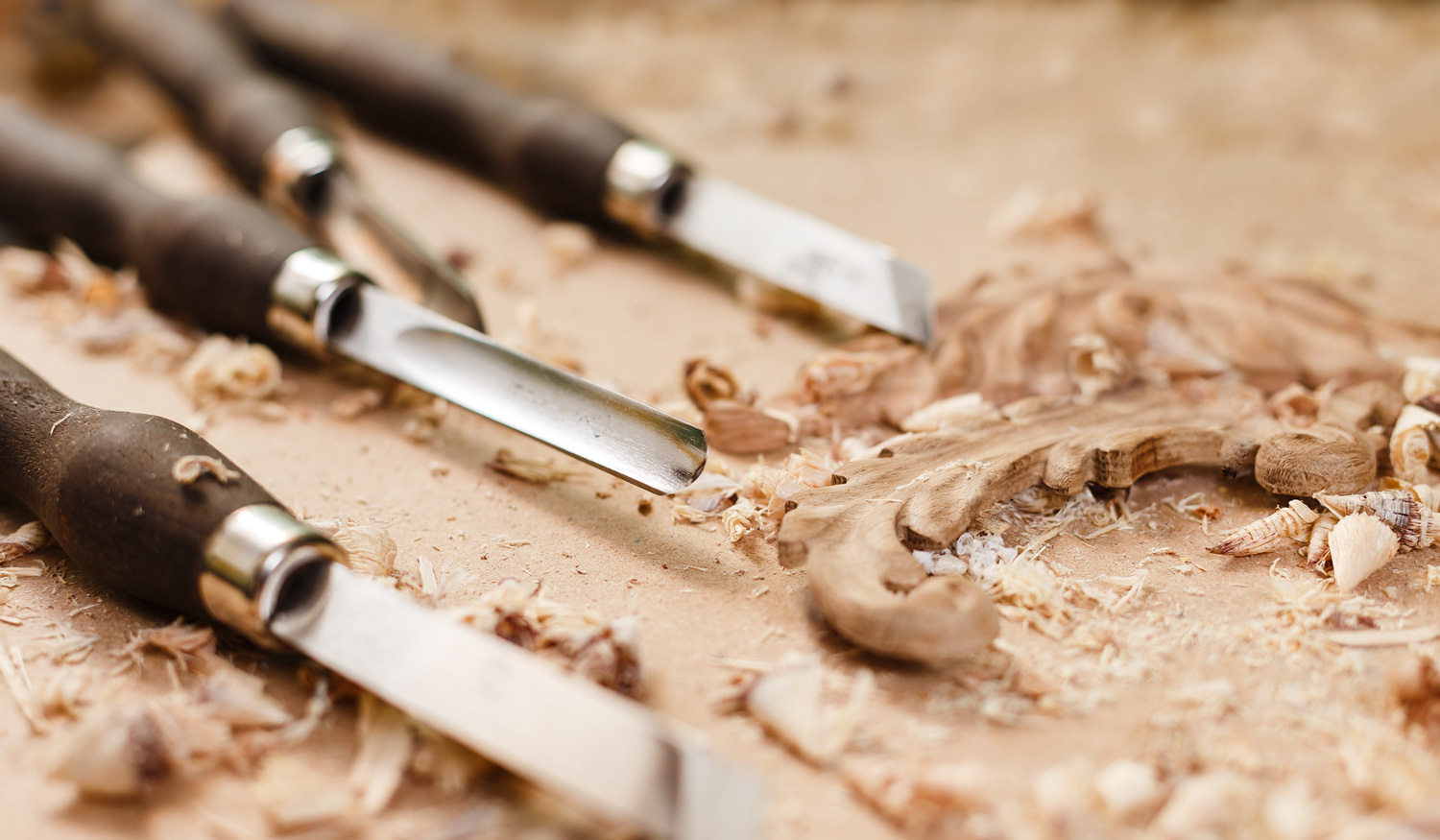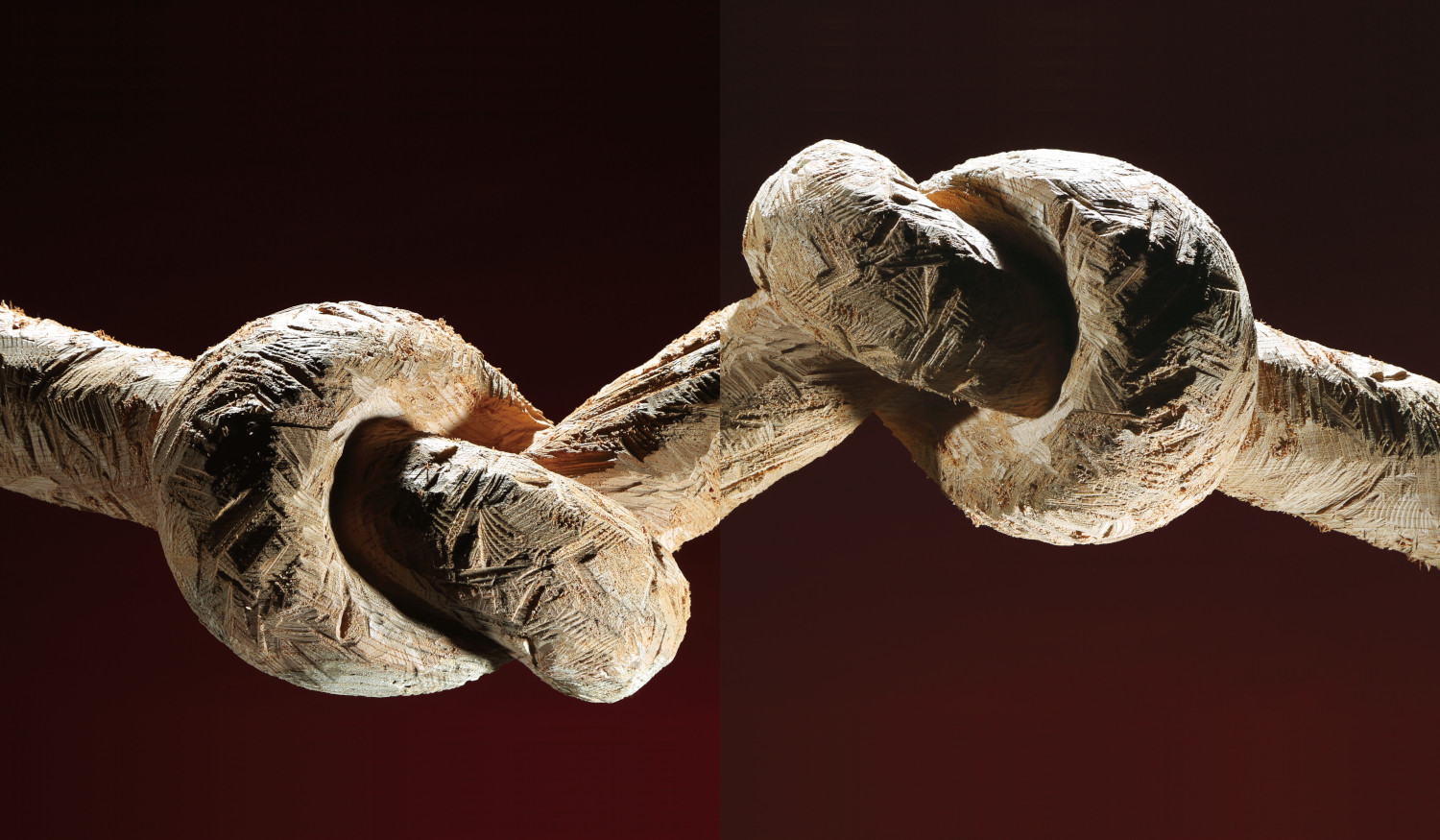About the Camp
The Inami International Wooden Sculpture Camp has been held in the Inami area of Nanto every four years since 1991 with the goal of bringing the world together through wooden sculpture.
During the camp, wood sculptors invited from around the world create works in open air workstations. This setup allows both sculptors and visitors to communicate more easily with one another, creating an environment that is more collaborative than competitive. This design enables the festival to promote international understanding and cultural exchange through traditions and cultures represented in each work.
Volunteer staff play a key role in organizing the camp. Their roles vary widely and include translation, public relations, managing the flow of people at the camp venue, and cleaning. The camp continues to be made possible thanks to countless volunteers from inside and outside of the city.
A total of 137 individuals and 13 groups from 45 countries, including Japan, have participated in past camps. The camp offers a window into the techniques of international artists, who often collaborate to host international exchange events at the camp. The camp is one of the largest wood sculpture events in Japan and has gained a reputation as an international exchange event representing the city of Nanto and Toyama Prefecture.
The 9th camp will be held at Inami Art Forest Park in Nanto for 13 days from August 18th (Friday) to 30th (Wednesday), 2023.The venue sits adjacent to the Inami Sculpture General Hall and the Inami Kibori-no-Sato Soyukan and is located near Daimon River Park, which displays sculptural works created in past camps. The camp is proud to present an art-filled environment that offers visitors both a glimpse at artisans’ exquisite skills and the opportunity to appreciate sculptural works with vivid cultural features, all while enjoying direct contact with the sculptors.
We look forward to welcoming you to Inami, Nanto’s woodcarving town.
About Inami’s Woodcarving Tradition
The Inami region of Nanto originally developed as a temple town centered on the famous Zuisenji Temple. The origin of woodcarving in Inami is deeply connected with Zuisenji.
Zuisenji Temple was established by the popular Buddhist teacher Shakunyo in the late 14th century. The temple has burned down several times over the course of its long history, and each time it was diligently reconstructed by the local people. The temple was set aflame by the warlord Sassa Narimasa in the 16th century and burned down once again in the 18th-century Great Fire of Inami.
After the great fire, the renowned sculptor Maekawa Sanshiro was sent from Honganji Temple in Kyoto (the head temple of the Jodo-Shinshu sect of Buddhism) to Inami, where he taught his techniques to four local temple carpenters. It was then that Inami’s woodcarving tradition is believed to have begun.
The apprentices of Maekawa who reconstructed the Zuisenji Temple then began creating sculptural works for shrines and temples around the country, including Higashi Honganji Temple in Kyoto, Tokyo Tsukiji Honganji Temple, and Nikko Toshogu Shrine. The woodcarvers also became known for creating decorative wooden panels called “ranma” and ritual objects such as shishigashira (a wooden lion’s head), which are used in lion dances at festivals. Over the years, the techniques of Inami woodcarving have been handed down from generation to generation, and Inami has grown into one of the largest production centers of woodcarving in Japan, with roughly 200 woodcarvers and 150 sculpture workshops.
Since 2018, the Inami area of Nanto has been a designated piece of Japan Heritage in recognition of its status as a living museum of woodcarving. The Japan Heritage designation recognizes several unique features of the town; these include the numerous carved, wooden signs and doorplates decorating the town’s buildings, as well as the sculpture workshops and traditional merchant buildings that line the streets, especially Yokamachi Street, which is the cobbled main street of the town.

 INAMI INTERNATIONAL WOODEN SCULPTURE CAMP IN NANTO CITY 2023
INAMI INTERNATIONAL WOODEN SCULPTURE CAMP IN NANTO CITY 2023

